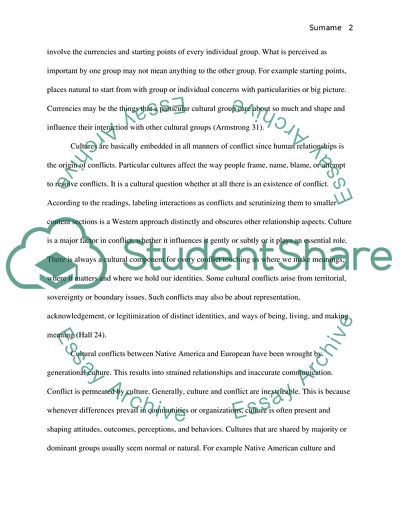Cite this document
(“How Cultures Conflict in Native American Vs. European Culture Term Paper”, n.d.)
How Cultures Conflict in Native American Vs. European Culture Term Paper. Retrieved from https://studentshare.org/culture/1794282-american-literature-midterm-paper
How Cultures Conflict in Native American Vs. European Culture Term Paper. Retrieved from https://studentshare.org/culture/1794282-american-literature-midterm-paper
(How Cultures Conflict in Native American Vs. European Culture Term Paper)
How Cultures Conflict in Native American Vs. European Culture Term Paper. https://studentshare.org/culture/1794282-american-literature-midterm-paper.
How Cultures Conflict in Native American Vs. European Culture Term Paper. https://studentshare.org/culture/1794282-american-literature-midterm-paper.
“How Cultures Conflict in Native American Vs. European Culture Term Paper”, n.d. https://studentshare.org/culture/1794282-american-literature-midterm-paper.


